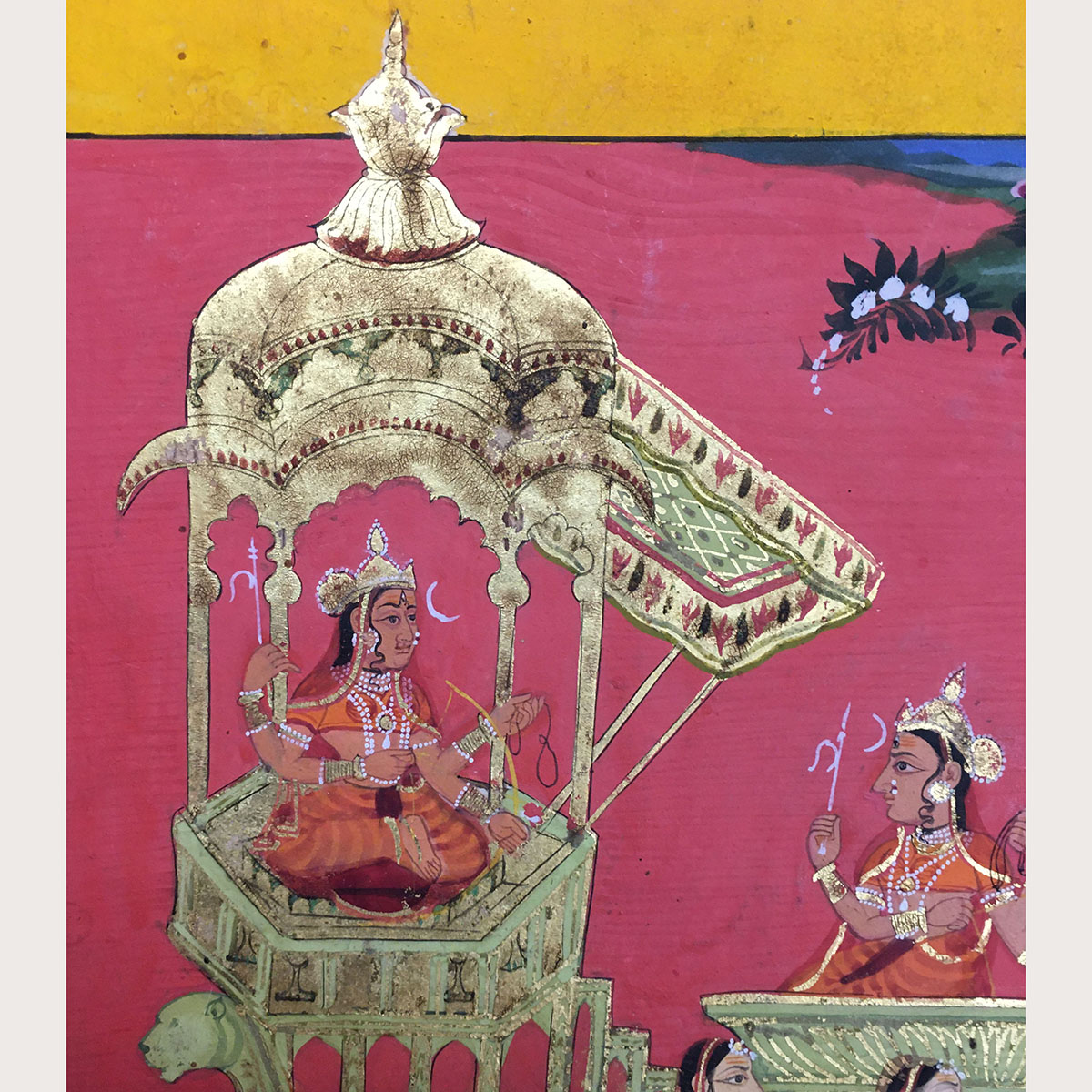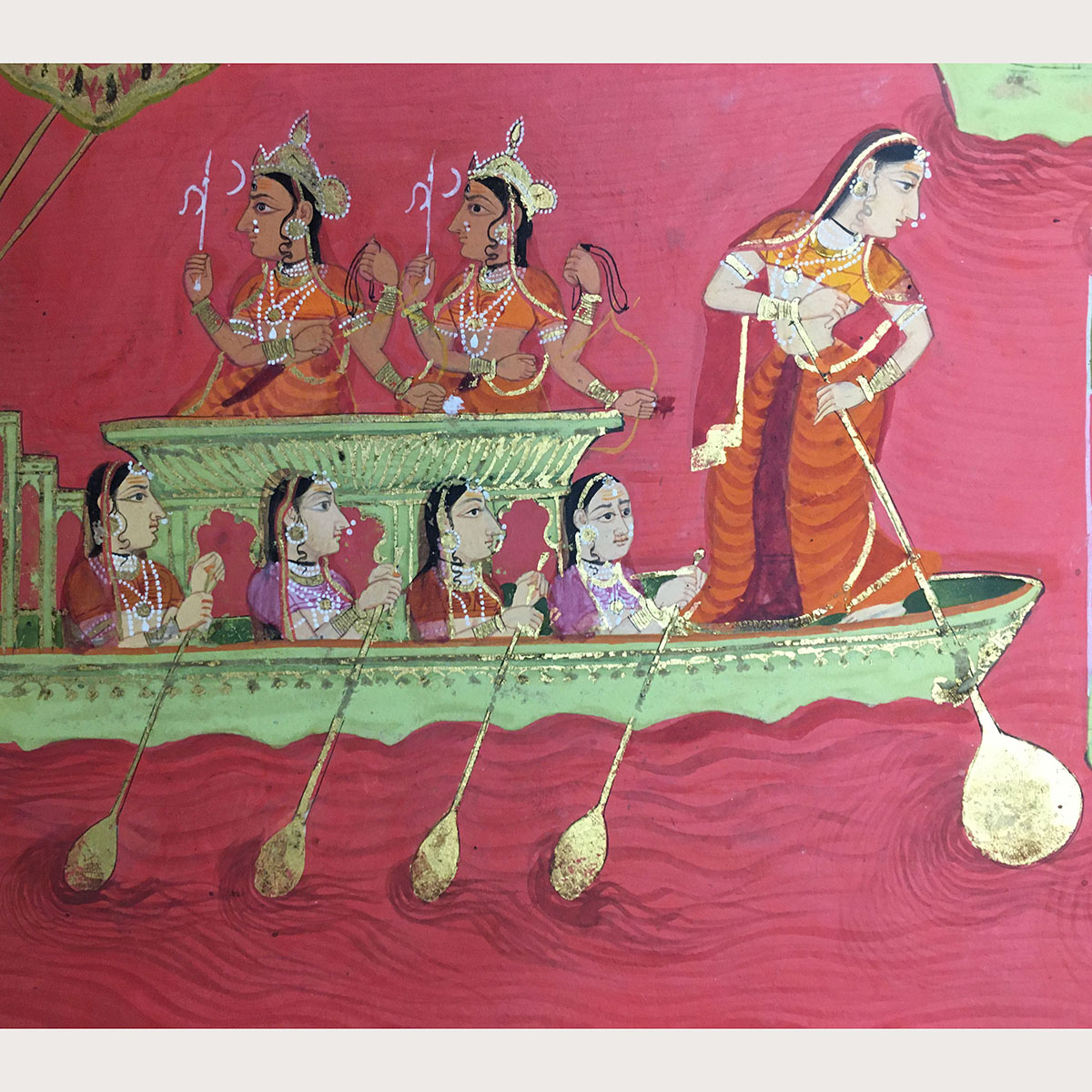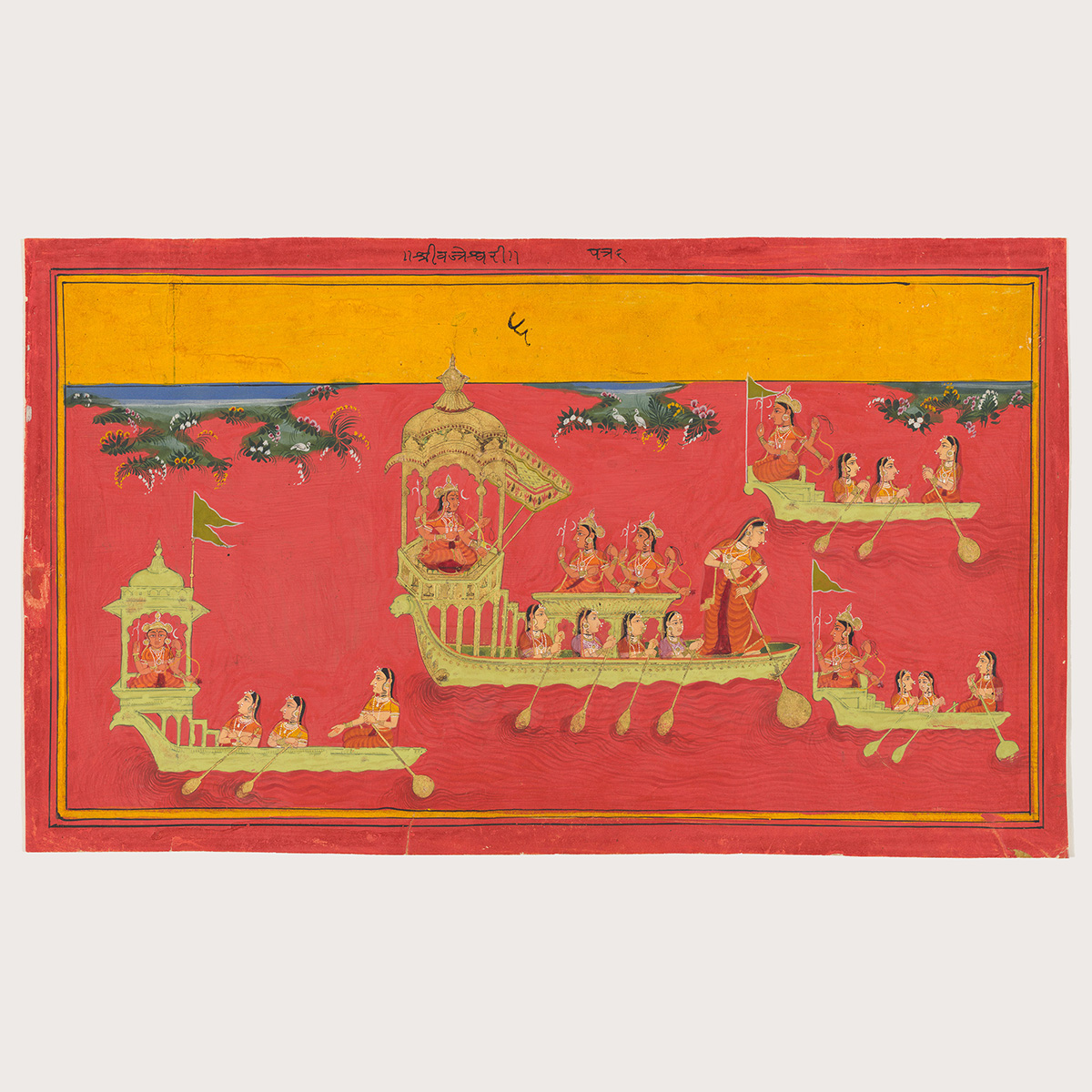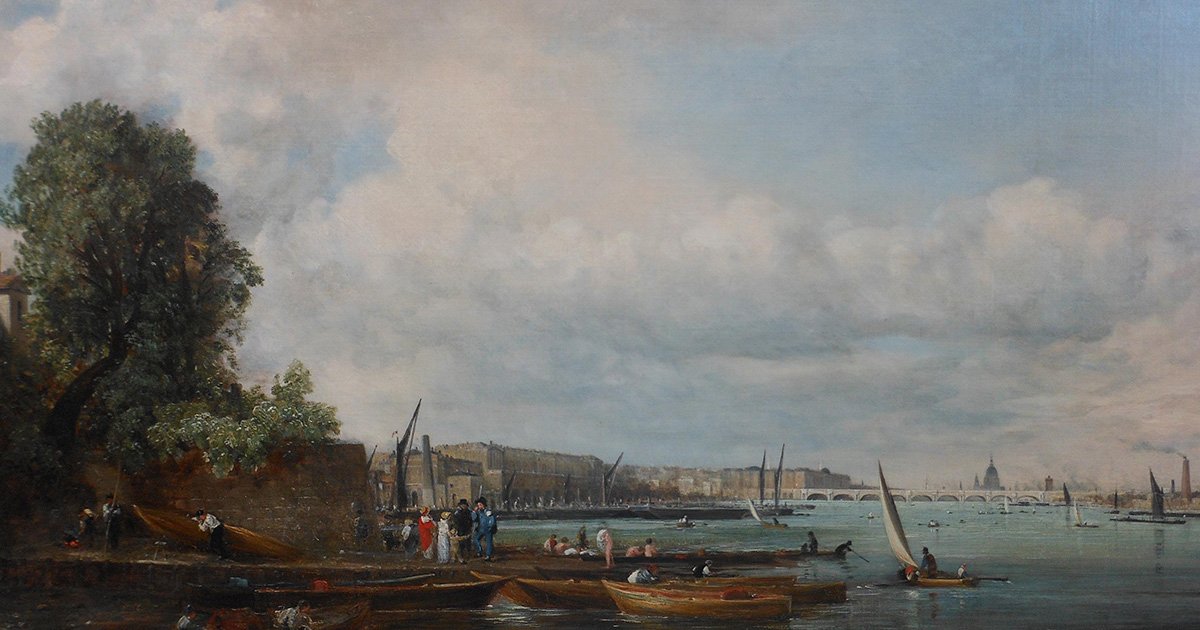- Events & Programs Home
- Calendar
- Accessibility
- Adults
-
Families & Teens
- Families & Teens Home
- 10x10 Teen Art Expo
- Art on the Rise
- Art Together: Art Making for Families with Children Ages 3–5
- Babies Sing with May Festival Minis
- Boy Scouts / Girl Scouts
- CAM Kids Day
- Family Storytime and Gallery Walk
- Family Studio: Art Making for Families with Children Ages 6–12
- Games in the Galleries
- Members-Only Baby Tours
- Public Baby Tours
- REC Reads
- Rosenthal Education Center (REC)
- Saturday Morning Art Class
- See Play Learn Kits
- Summer Camp
- Teachers
- Community Outreach
- Fundraisers
- Plan Your Own Event

- Events & Programs Home
- Calendar
- Accessibility
- Adults
-
Families & Teens
- Families & Teens Home
- 10x10 Teen Art Expo
- Art on the Rise
- Art Together: Art Making for Families with Children Ages 3–5
- Babies Sing with May Festival Minis
- Boy Scouts / Girl Scouts
- CAM Kids Day
- Family Storytime and Gallery Walk
- Family Studio: Art Making for Families with Children Ages 6–12
- Games in the Galleries
- Members-Only Baby Tours
- Public Baby Tours
- REC Reads
- Rosenthal Education Center (REC)
- Saturday Morning Art Class
- See Play Learn Kits
- Summer Camp
- Teachers
- Community Outreach
- Fundraisers
- Plan Your Own Event
Blog: CAM Uncovered
Blog: CAM Uncovered
- Home
- Plan Your Visit
- Art
-
Events & Programs
- Events & Programs Home
- Calendar
- Accessibility
- Adults
-
Families & Teens
- Families & Teens Home
- 10x10 Teen Art Expo
- Art on the Rise
- Art Together: Art Making for Families with Children Ages 3–5
- Babies Sing with May Festival Minis
- Boy Scouts / Girl Scouts
- CAM Kids Day
- Family Storytime and Gallery Walk
- Family Studio: Art Making for Families with Children Ages 6–12
- Games in the Galleries
- Members-Only Baby Tours
- Public Baby Tours
- REC Reads
- Rosenthal Education Center (REC)
- Saturday Morning Art Class
- See Play Learn Kits
- Summer Camp
- Teachers
- Community Outreach
- Fundraisers
- Plan Your Own Event
- Give & Join
- About
- Tickets
- Calendar
- Exhibitions
- Collections
- Blog
- Shop
Behind the Scenes in Conservation: Safe Travels
by Cecile Mear, Conservator of Works on Paper
2/6/2025
Alice and Carl Bimel , Shahzia Sikander: Collective Behavior , Indian painting , paper conservation , CAMConservation
In 2007 the museum received a gift of Indian paintings from long-time museum supporters Alice and Carl Bimel. Their gift included this striking eighteenth-century Mewar School painting, The Goddess Vakreshwari and Female Attendants Boating in a Crimson Sea. The following year, it made its debut in the museum. My initial examination of the painting revealed that some of the paint was poorly attached to the paper support, so before the work went into the gallery, it made a stop in the paper lab. With the painting under the microscope, I consolidated flaking paint with adhesive applied with a small brush. The adhesive was directed only where needed, allowing it to flow under the loose paint. I checked each area when the adhesive was dry to ensure that the paint was secure.
With the painting scheduled for display again, I examined it for insecure areas I might have missed in 2008. There were many small losses of gold noted when the painting entered the museum’s collection, indicating that it was not well bonded to the underlying smooth paint. I did one more round of consolidation before releasing it for framing. This time it will be travelling to the Cleveland Museum of Art, so it is important that it be as stable as possible for the journey north.
When the painting returns in June, I will check again to see how it fared during its trip. When working with paintings that have a history of flaking and separation of layers of media, new areas of insecurity can develop, even when we handle, display, and store them the best way possible.
CAM’s painting will be included in the Cleveland Museum of Art’s exhibition Shahzia Sikander: Collective Behavior, coinciding with Cincinnati’s own companion exhibition.

Mewar School, The Goddess Vajreshwari and Female Attendants Boating in a Crimson Sea, 1700–1725, opaque watercolor and gold on paper, Gift of Alice and Carl Bimel, 2007.95

Mewar School, The Goddess Vajreshwari and Female Attendants Boating in a Crimson Sea, 1700–1725, opaque watercolor and gold on paper, Gift of Alice and Carl Bimel, 2007.95

Mewar School, The Goddess Vajreshwari and Female Attendants Boating in a Crimson Sea, 1700–1725, opaque watercolor and gold on paper, Gift of Alice and Carl Bimel, 2007.95
Related Blog Posts


Cincinnati, OH 45202
Toll Free: 1 (877) 472-4226
Museum Hours
Museum Shop
Terrace Café
Library
Cincinnati Art Museum is supported by the tens of thousands of people who give generously to the annual ArtsWave Campaign, the region's primary source for arts funding.

Free general admission to the Cincinnati Art Museum is made possible by a gift from the Rosenthal Family Foundation. Exhibition pricing may vary. Parking at the Cincinnati Art Museum is free.
Generous support for our extended Thursday hours is provided by Art Bridges Foundation’s Access for All program.

General operating support provided by:




